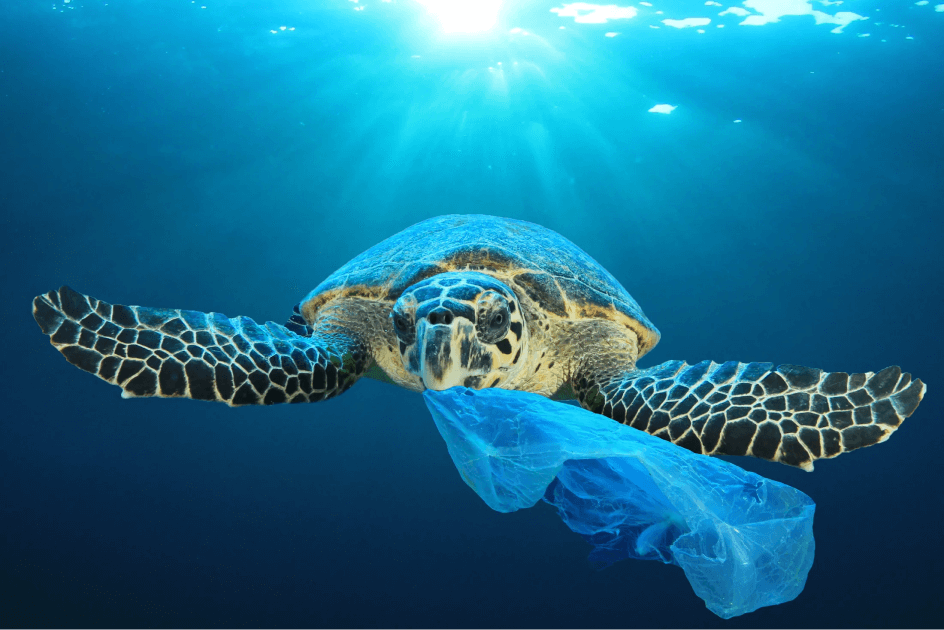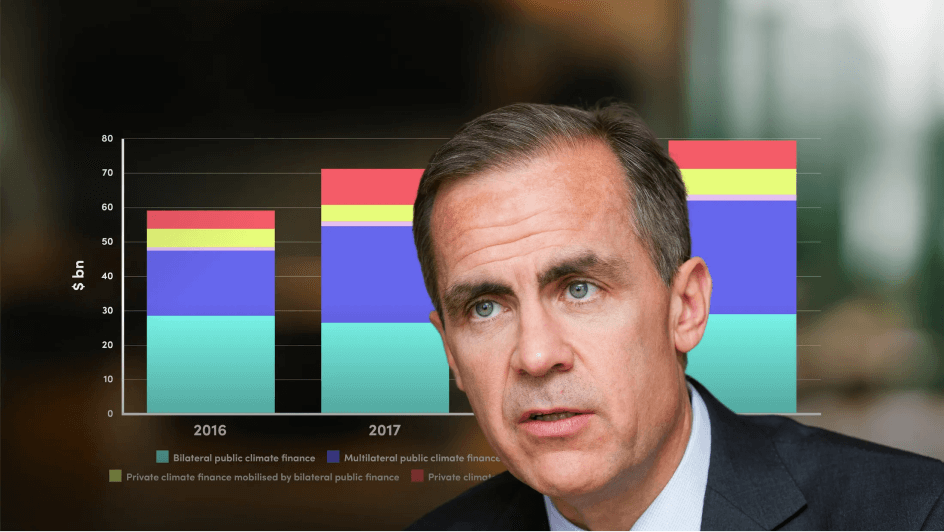What is the ESRS E4 standard, and why is it important?
The ESRS E4 standard focuses on biodiversity and ecosystems, requiring organisations to disclose how their activities affect the natural world. It is crucial because biodiversity loss is a significant global issue, with one million species at risk of extinction due to human activity. The standard aims to provide transparency and enable stakeholders, including investors, to make informed decisions about an organisation's environmental impact.
What are planetary boundaries, and how do they relate to biodiversity?
Planetary boundaries are a framework describing nine global processes that regulate the Earth's system. The framework identifies a safe zone where human society thrives and an upper limit or boundary that, if crossed, could lead to an unsafe state. Biodiversity, described as the integrity of the biosphere, is one of these boundaries and is currently beyond the safe threshold, highlighting the urgency of addressing biodiversity loss.
What are ecosystem services, and why are they important?
Ecosystem services refer to everything that natural ecosystems do for us that we don't pay for with money, such as water filtration, air purification, and soil remediation. These services are essential for human well-being and economic stability. A World Economic Forum study found that 55% of global GDP is reliant on these services, making it crucial for organisations to understand and report their impact on them.
What are the key disclosure requirements under ESRS E4?
The standard requires organisations to disclose several key areas, including: identifying and assessing impacts on biodiversity, adapting strategy and business models, outlining policies, actions, and targets, detailing metrics for biodiversity, and anticipating financial effects. This includes assessing proximity to sensitive areas like Special Protected Areas (SPAs) and Special Areas of Conservation (SACs), and engaging with local communities.
How should organisations disclose impacts on biodiversity and related policies to alter business models?
Organisations should begin by gathering a list of their operational sites and assessing their proximity to sensitive areas. They should then evaluate their dependencies on ecosystems and identify any systemic risks. This process should be transparent and well-documented.
Then organisations must describe the policies needed to deliver business model shifts, outline the actions and resources required to implement changes, and set targets aligned with a science-based approach and the global biodiversity framework. Stakeholder engagement, particularly with local communities, is crucial for successful implementation.
How is biodiversity measured under ESRS E4?
Biodiversity measurement is complex and can involve counting species abundance, assessing genetic diversity, or tracking changes over time. Organisations must determine the metrics most relevant to their operations and disclose how they track biodiversity and ecosystem change. Key factors to keep in mind include:
- Data should be collected over time with a temporal scale
- Survey design should be constant to allow for comparison
- An appropriate metric should be chosen
What are the financial effects that need to be disclosed?
Organisations must assess and disclose the financial effects stemming from their impacts and dependencies on biodiversity and ecosystems. This includes stating assumptions, time horizons, and referencing other relevant standards. Engaging with indigenous people and understanding local knowledge is critical for this assessment. The goal is to provide financial market participants with sufficient information to understand the potential material influence on the organisation's financial position, performance, and cash flows.

































